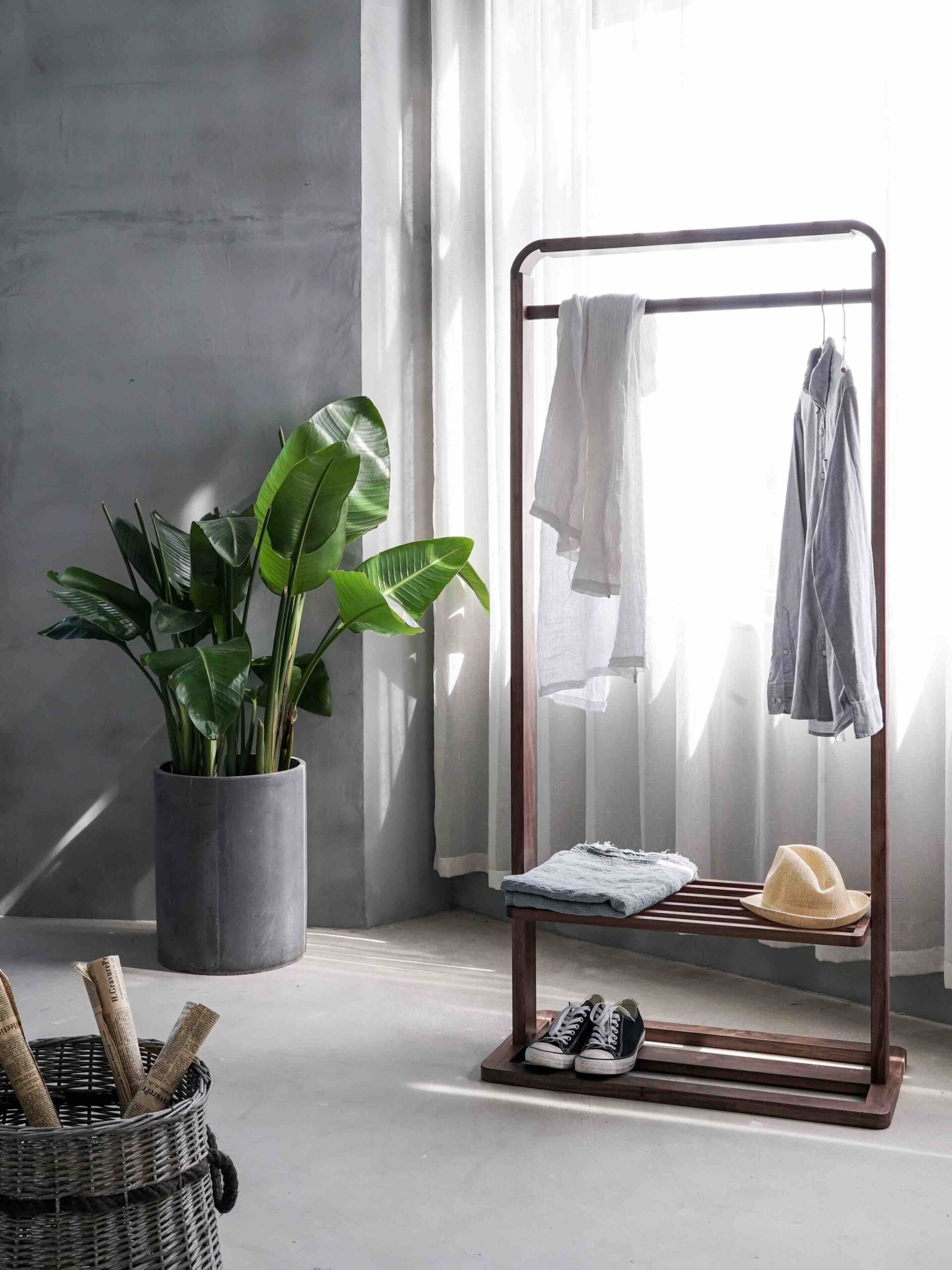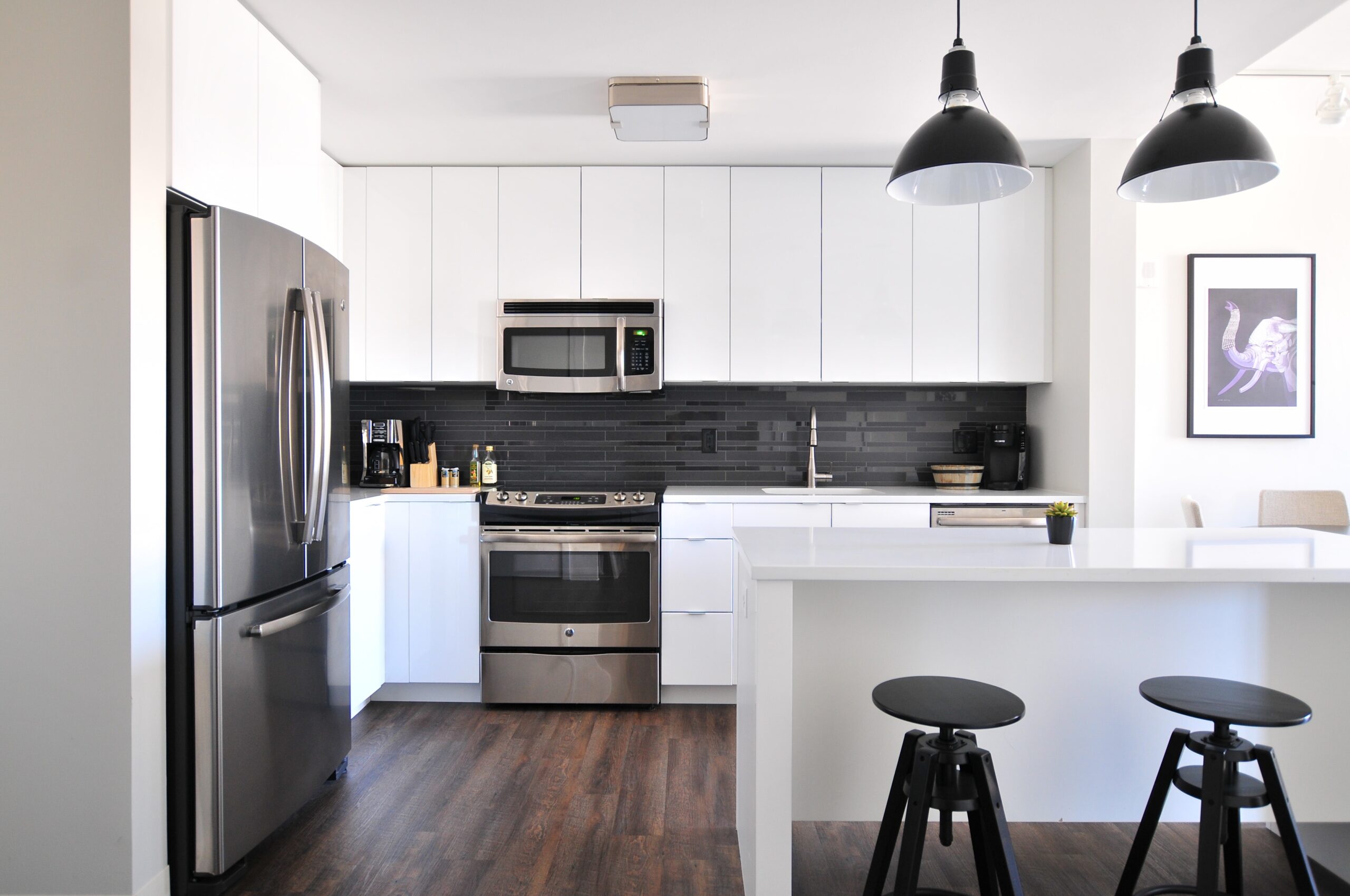Introduction
Interior design is a fascinating field that encompasses the art and science of enhancing the interior of a space to achieve a more aesthetically pleasing and functional environment. Within the realm of interior design, there are three main types that professionals often specialize in. Each type has its unique characteristics and approaches, catering to different styles and preferences. In this article, we will explore the three types of interior design and shed light on their defining features.
1. Traditional Interior Design
Traditional interior design is rooted in classic and timeless aesthetics. It draws inspiration from historical periods such as the Renaissance, Victorian, or Colonial eras. This style is characterized by rich colors, ornate details, and luxurious materials. Furniture pieces in traditional interior design often feature intricate carvings and elegant fabrics like velvet or silk. The overall ambiance exudes warmth, sophistication, and a sense of grandeur.
When designing a traditional interior, attention is paid to symmetry and balance. Rooms are typically arranged in a symmetrical layout, with furniture and accessories placed in pairs. Traditional color palettes include deep reds, golds, and earthy tones, creating a cozy and inviting atmosphere. Ornamental elements such as crown molding, wainscoting, and decorative ceiling medallions are commonly used to add architectural interest.
2. Modern Interior Design
Modern interior design, also known as contemporary design, is all about clean lines, simplicity, and functionality. This style emerged in the early 20th century and is influenced by the modernist movement. It embraces minimalism, open spaces, and the use of industrial materials. The focus is on creating a clutter-free environment that promotes a sense of calm and serenity.
In modern interior design, neutral colors like white, gray, and beige dominate the palette. Bold pops of color may be used sparingly to create visual interest. Furniture pieces are sleek and often feature smooth surfaces and geometric shapes. The use of natural materials such as wood, glass, and metal is common, adding a touch of warmth and texture to the space. Lighting plays a crucial role in modern design, with an emphasis on natural light and the integration of innovative lighting fixtures.
3. Transitional Interior Design
Transitional interior design is a blend of traditional and modern styles, creating a harmonious balance between the two. This type of design appeals to those who appreciate the classic elegance of traditional interiors but also desire the simplicity and functionality of modern design. Transitional interiors are versatile and timeless, offering a comfortable and inviting atmosphere.
In transitional design, neutral colors are often used as a base, allowing for pops of color through accessories or accent pieces. Furniture combines classic and contemporary elements, featuring clean lines with more traditional detailing. The focus is on creating a seamless flow between different areas of the space, with an emphasis on comfort and practicality. Texture is introduced through fabrics like linen or leather, adding depth and visual interest.
Conclusion
Interior design encompasses a wide range of styles, and understanding the three main types – traditional, modern, and transitional – can help guide your design choices. Whether you prefer the opulence of traditional design, the simplicity of modern design, or the blend of both in transitional design, each style offers its unique charm and appeal. By considering your personal preferences and the desired ambiance, you can create a space that reflects your individuality and brings you joy.

